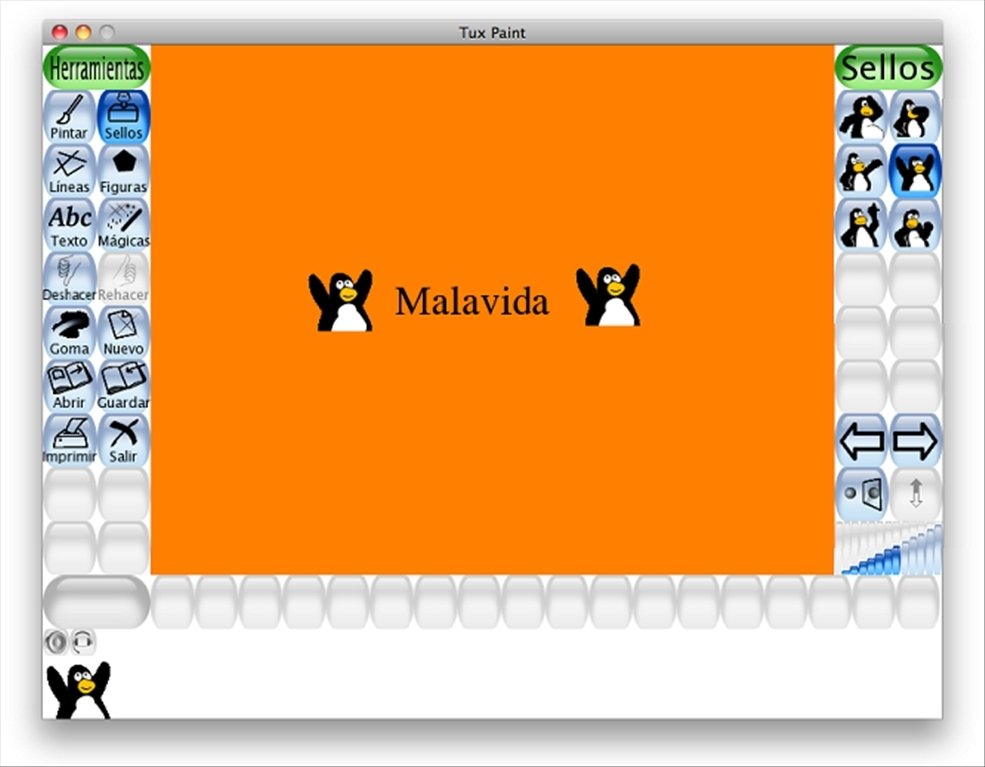

- #Mac draw software for mac
- #Mac draw software mac os x
- #Mac draw software pdf
- #Mac draw software install
- #Mac draw software archive
The MDP file should therefore be the data fork. The RES extension let me think they copy the resource fork in this file. The only condition is that both files should have the same name.Īs you surely guessed, I was very eager to see what this utility really did. The documentation also says to use only eight character file names, but it doesn't matter. You have to decompress it on a Mac and run it to create from each MacDraw file a set of two files, one with the.
#Mac draw software archive
This is an archive compacted with Stuffit. You can't just copy the MacDraw files on a PC floppy or from a Mac floppy on the PC hard disk, because MacDraw uses both forks of the Macintosh file (see our page on file forks for more information on this).Ĭlaris support desk recommends to use an utility dubbed "Convert2Dos" which can be downloaded from their ftp site. If you can buy a copy from somebody, do it! Claris Solution Since Apple took over the whole software catalog of Claris, now called FileMaker Inc., it seems that there is no future for the Draw package. Last, but not the least, Adobe Acrobat could also be a solution.īeware, those software packages are not so easy to find, and you could even hear Claris representatives saying they don't exist! Check the mail order houses, first those having a Macintosh and a PC catalog.
#Mac draw software install
If you install a PostScript printer, you can also print to a file and select the EPS option. Claris Draw can export files as CGM, PCT and WMF ). From there, you could use the clipboard to paste the picture in any package, or export in some supported formats. More precisely, it happens that MacDraw files can be imported in Claris Draw for Windows and in Claris Impact. in charge of application software development, launched some Windows packages which should simplify our task. Claris Impact and Claris Draw for WindowsĬlaris, ex-subsidiary of Apple Inc.
#Mac draw software pdf
One finds new ways to use Acrobat and the PDF format every day!! The latest solution proposed by a visitor to transfer MacDraw files to the PC is so simple that nobody had found it till now! Print to PDF from MacDraw, then open the resulting file in Acrobat Reader and even in Illustrator of Photoshop, since latest versions of those packages can open (and edit) the PDF files. Word (not in Word for Windows, since the Windows conversion module, up to versionĦ, strips all Macintosh graphics in the imported file) and to open them on the
#Mac draw software for mac
In a Word for Mac file, to export these files as Word for Windows files from Mac Our best bet was till recently to import the MacDraw pictures
#Mac draw software mac os x
It ran without difficulties on PPC-based Macs under the Classic OS until the arrival of the Mac OS X 10.5 (Leopard) operating system, which dropped support for the Classic OS.For a long time, there was no really practical way to import MacDraw files in The final version of ClarisDraw was 1.0v4 (1994). MacDraw eventually evolved into MacDraw Pro (1991) and ultimately ClarisDraw (1993). MacDraw II introduced color and many other missing features and was also enhanced for the Macintosh II. It was developed at Apple by project leader Gerard Schuten and team members Amy Goldsmith and Marjory Kaptanoglu, and was released by Claris.

MacDraw II (1988) was a complete rewrite of the original MacDraw. MacDraw was especially useful in drawing flowcharts, diagrams and technical drawings. However MacDraw lacked support for using more than one document at a time, and also lacked zooming capabilities. MacDraw was more advanced than MacPaint, featuring a grid and the ability to change the drawing dimensions. MacDraw included features for printing and also integrated into MacWrite via cut-and-paste.

However MacDraw was vector-based, meaning that an object's properties and placement can be changed at any time. The first version of MacDraw was similar to that of MacPaint, featuring both the same tools and patterns. LisaDraw and MacDraw were developed by the same person, Mark Cutter. MacDraw was based on Apple's earlier program, LisaDraw, which was developed for the Apple Lisa computer which was released in 1983. In the preface of the third edition of Introduction to Algorithms, the authors make an emphatic plea for the creation of an OS X-compatible version of MacDraw Pro. MacDraw was the vector cousin of MacPaint. It was eventually adapted by Claris and, in the early 1990s, MacDraw Pro was released with color support. MacDraw was useful for drawing technical diagrams and floorplans. MacDraw was one of the first WYSIWYG drawing programs that could be used in collaboration with MacWrite. MacDraw was a vector graphic drawing application released along with the first Apple Macintosh systems in 1984.


 0 kommentar(er)
0 kommentar(er)
